Burmese Cat
Burmese
America’s Sleek and Affectionate Feline
1. Introduction to the Breed
The Burmese, securing the #17 spot among the top cat breeds owned by Americans in 2024, is a sleek and affectionate feline renowned for its silky coat and golden eyes. Known for their playful, people-oriented nature, Burmese cats are ideal for owners seeking a loyal, cuddly companion. Their compact build and engaging personality make them perfect for interactive households, from urban apartments to suburban homes, where their warmth and charm bring constant companionship.
2. History of the Breed
Originating in Burma (now Myanmar), the Burmese breed traces back to a single cat, Wong Mau, imported to the United States in the 1930s. Breeders crossed her with Siamese cats to develop the modern Burmese, refining their sleek look and friendly temperament. Recognized by the Cat Fanciers’ Association (CFA) in 1936, Burmese cats gained U.S. popularity for their affectionate nature and success in cat shows. Their rich history and social demeanor have made them a beloved breed among cat enthusiasts.
3. Physical Characteristics
- Typical Size and Weight: Burmese cats are medium-sized, standing 8–10 inches tall at the shoulder and weighing 8–12 pounds (males) or 6–10 pounds (females), with a compact, muscular build.
- Coat and Color: Their short, glossy coat is smooth and satiny, in colors like sable, champagne, blue, or platinum. The coat sheds minimally and requires light grooming.
- Distinctive Features: Burmese cats have a rounded head, large, expressive eyes (often gold or yellow), and medium-sized, slightly rounded ears. Their sleek body and short tail enhance their elegant, sturdy appearance.
4. Personality Traits
Burmese cats are affectionate, playful, and highly social, with a dog-like personality that makes them exceptional companions. They form strong bonds with owners, children, and familiar pets, often seeking laps or following their people around. Their vocal nature, with soft meows or chirps, reflects their need for interaction. Burmese cats are intelligent and moderately energetic, suiting active owners who can provide ample attention and stimulation to prevent boredom-driven behaviors like scratching or excessive vocalization.
5. Care Requirements
- Exercise Needs: Burmese cats need 30–45 minutes of daily play, including chasing toys, climbing low cat trees, or interactive games like fetch. Mental stimulation through puzzle toys or window perches keeps their active minds engaged.
- Grooming Needs: Their short coat requires brushing once weekly to maintain shine and manage minimal shedding. Regular ear cleaning, nail trimming, and dental care maintain health, as they’re prone to dental issues.
- Dietary Considerations: A high-protein diet supports their muscular build and moderate energy. Portion control prevents obesity, which can strain their compact frame, and foods with omega fatty acids enhance coat health. Fresh water is essential for their active lifestyle.
6. Health and Lifespan
Burmese cats have an average lifespan of 12–16 years. Common health issues include hypokalemic polymyopathy (muscle weakness), diabetes mellitus, dental disease, and cranial deformities in some lines. Regular vet checkups, genetic screenings, and a healthy lifestyle mitigate risks. Owners should monitor for muscle weakness, excessive thirst, or dental discomfort and ensure a balanced diet to support overall health. Genetic testing from breeders reduces hereditary concerns, particularly for hypokalemia and diabetes.
7. Training and Socialization
Burmese cats are intelligent and trainable, excelling at tricks like “fetch” or “sit” with positive reinforcement using treats or play. Their social nature makes training engaging, though their desire for attention requires consistent boundaries. Early socialization ensures comfort with strangers, children, and other pets, reducing wariness or territorial behavior. Teaching behaviors like using a scratching post or litter box habits is straightforward due to their eagerness to please. Interactive play or training prevents boredom-related mischief like excessive meowing.
8. Ideal Home Environment
Burmese cats thrive in interactive, secure homes, ideal for urban apartments or suburban settings where they can engage and cuddle. They suit families or individuals who enjoy constant interaction and play. Cat trees, window perches, and cozy bedding satisfy their moderate activity and affection needs. Owners should provide a stimulating environment with toys and scratching posts to channel their energy and prevent destructive behaviors, ensuring a nurturing setting for their social nature.
9. What’s the Best Toy for My Burmese?
Burmese cats enjoy toys that suit their playful, social nature and compact build. Lightweight feather wands encourage chasing and pouncing, providing 15–20 minutes of interactive play to satisfy their hunting instincts. Small, durable balls for batting or fetching tap into their playful energy, ideal for 15–20 minute sessions in a secure space. Soft plush toys for wrestling mimic prey, perfect for 10–15 minute play bursts, with supervision to prevent tearing. Interactive puzzle toys with treat compartments engage their intelligence, keeping them occupied indoors for 15–20 minutes. Avoid small, easily swallowed toys to prevent choking. Rotate toys regularly and pair with training or chasing games for engagement.
10. Adoption and Breeder Tips
Choose breeders affiliated with the CFA or Burmese breed clubs, ensuring health clearances for muscles (hypokalemia), diabetes, dental, and cranial conditions. Visit the breeder to assess kitten health, meet parents for temperament insights, and confirm ethical practices, including socialization and clean facilities. Rescues like Burmese-specific organizations or local shelters offer adoptable cats, often with known histories. Avoid unregulated breeders or pet stores, as Burmese cats are prone to health issues if poorly bred. Ask about genetic testing, socialization, and activity needs to ensure a healthy, well-adjusted cat.

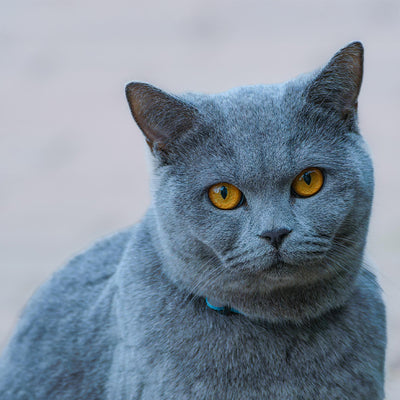
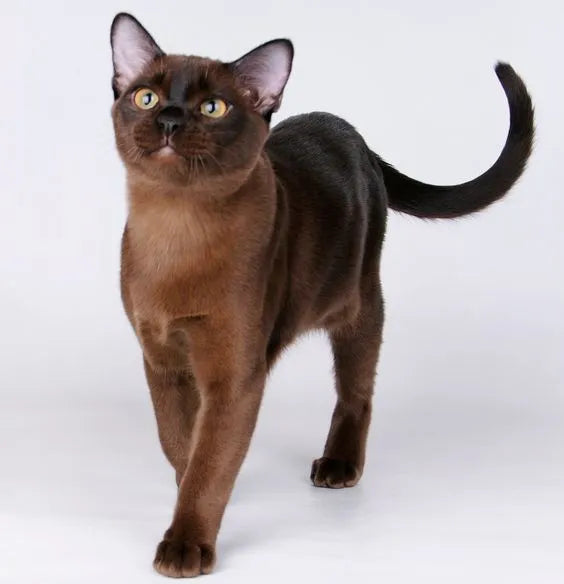
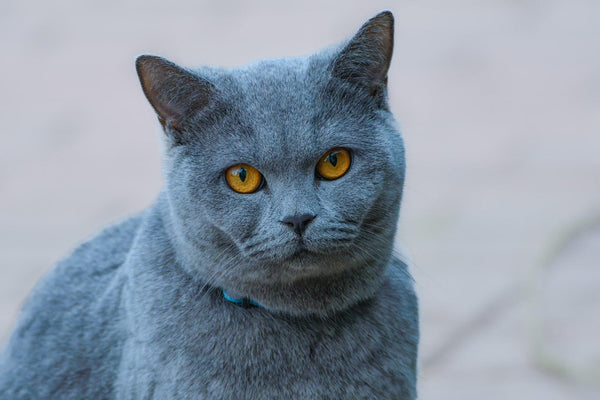
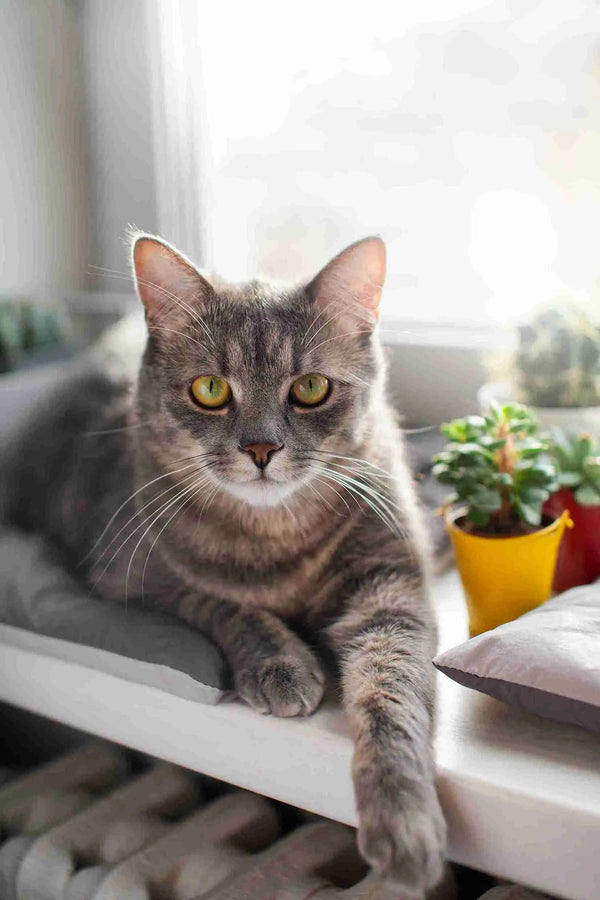
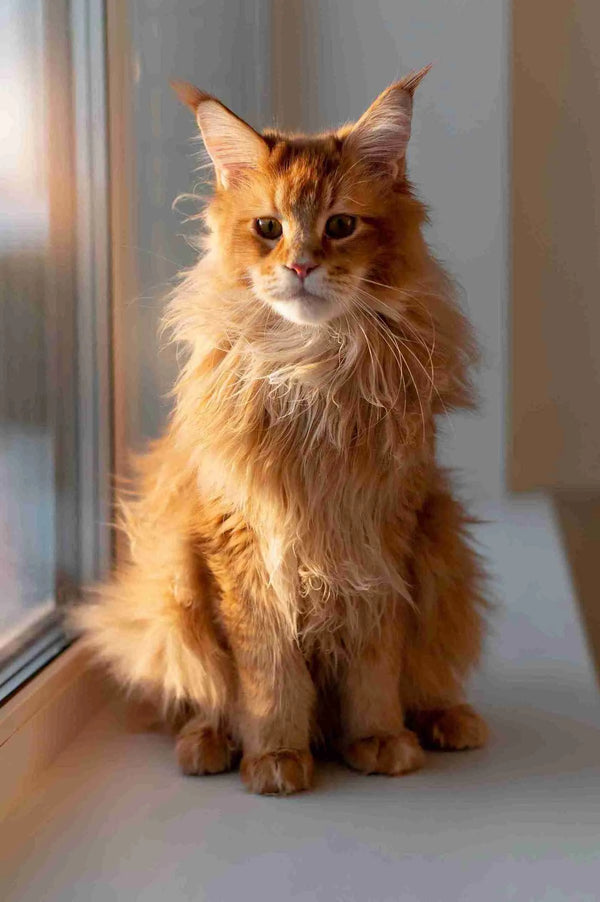
0 comments